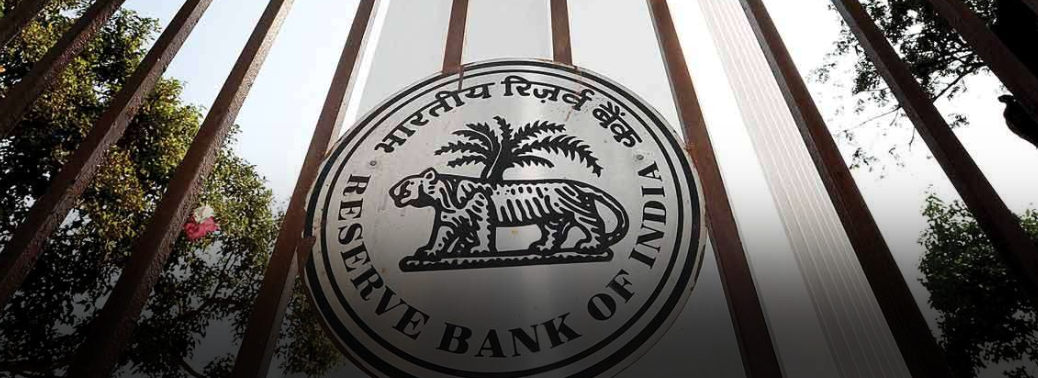RBI Notifies Deferment of Capital Buffer Norms
11, Jan 2019

Prelims level : Economy- Banking
Mains level : Indian Economy and issues relating to planning, mobilization, of resources, growth, development and employment
In News:
- The Reserve Bank of India deferred the implementation of the last tranche of Capital Conservation Buffer (CCB) by a year.
What is Capital Conservation Buffer (CCB)?
- The CCB is the capital buffer that banks have to accumulate in normal times to be used for offsetting losses during periods of stress. It was introduced after the 2008 global financial crisis to improve the ability of banks to withstand adverse economic conditions
Explained:
- This move would leave about an estimated Rs. 37,000 crore capital in the hands of banks.
- This would help banks increase lending by over Rs. 3.5 lakh crore by leveraging ten times the capital. It has been decided to defer the implementation of the last tranche of 0.625% of CCB from March 31, 2019 to March 31, 2020
- Accordingly, minimum capital conservation ratios of 2.5% would be applicable from March 31, 2020. Currently, the CCB of banks stands at 1.875% of the core capital
- The pre-specified trigger for loss absorption through conversion or write-down of additional tier 1 instruments will remain at 5.5% of risk-weighted asset (RWA) and will rise to 6.125% of RWAs on March 31, 2020. The decision to defer CCB was taken at the November 19 meeting of the central board of directors.
- Outside the period of stress, banks should hold buffers of capital above the regulatory minimum. When buffers have been drawn down, one-way banks should look to rebuild them is through reducing discretionary distributions of earnings. This could include reducing dividend payments, share buybacks and staff bonus payments
- The Board, however, decided to retain the capital adequacy ratio or CRAR at 9 per cent.
- The capital conservation buffer can be drawn down only when a bank faces a systemic or idiosyncratic stress. A bank should not choose in normal times to operate in the buffer range simply to compete with other banks and win market share.
- This aspect would be specifically looked into by Reserve Bank of India during the Supervisory Review and Evaluation Process. If, at any time, a bank is found to have allowed its capital conservation buffer to fall 75 in normal times, particularly by increasing its risk weighted assets without a commensurate increase in the Common Equity Tier 1 Ratio (although adhering to the restrictions on distributions), this would be viewed seriously. In addition, such a bank will be required to bring the buffer to the desired level within a time limit prescribed by Reserve Bank of India.
- The banks which draw down their capital conservation buffer during a stressed period should also have a definite plan to replenish the buffer as part of its Internal Capital Adequacy Assessment Process and strive to bring the buffer to the desired level within a time limit agreed to with Reserve Bank of India during the Supervisory Review and Evaluation Process.






